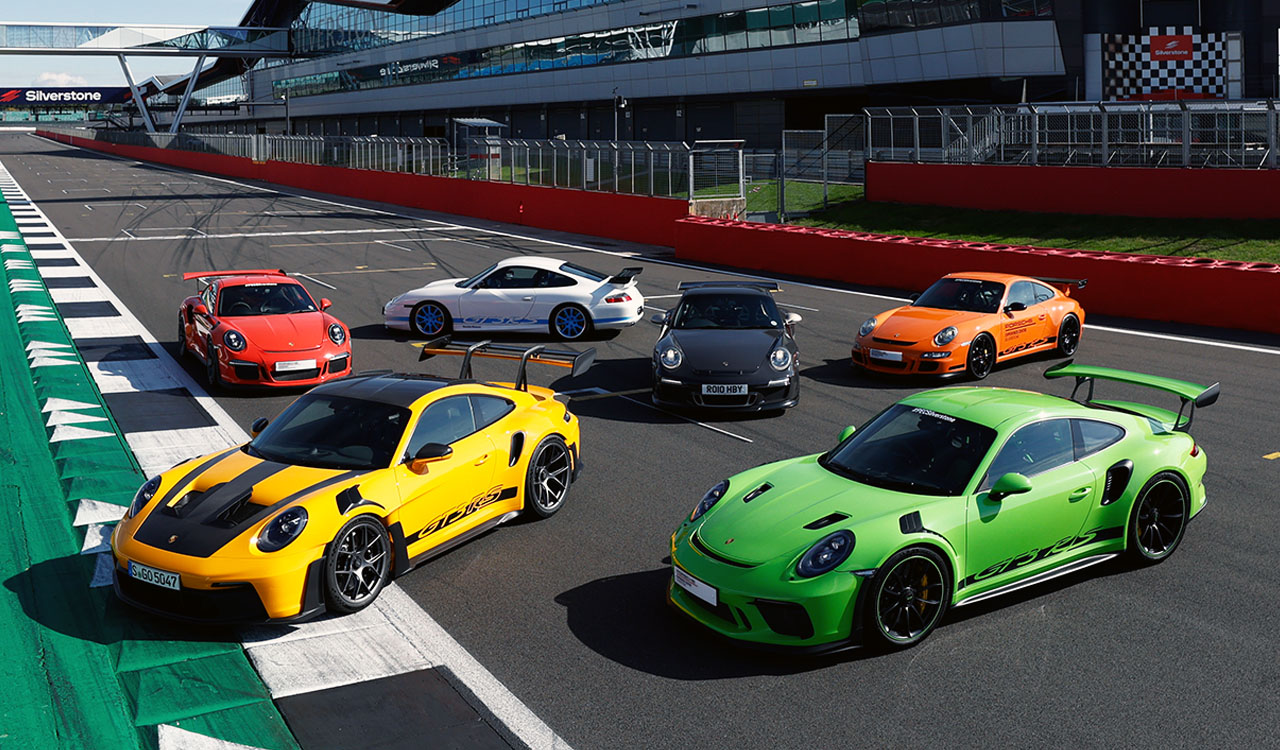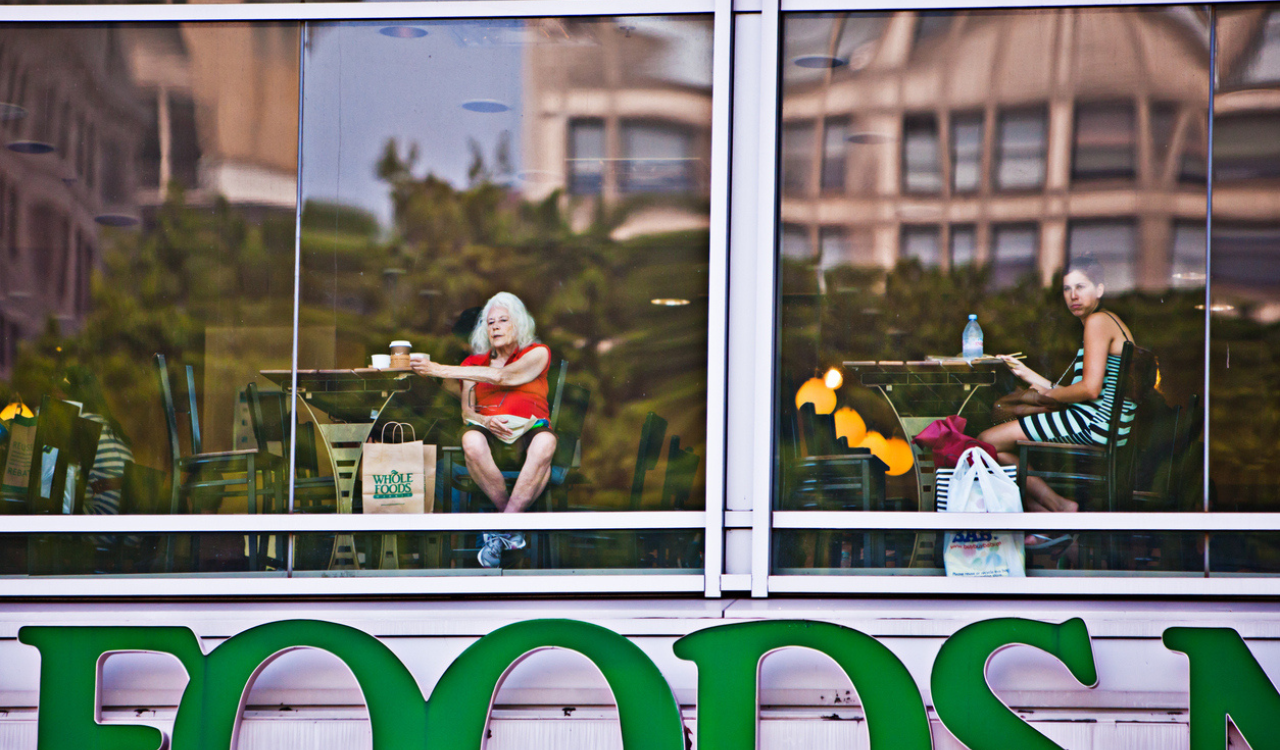Anyone who dreams of driving a vintage Porsche knows the unmistakable roar of its high-performance engine and the aesthetics of its iconic styling. The two-seater 911 and its derivatives are a hallmark of the luxury brand that reminds consumers, even in today’s four-door SUV age, that Porsche’s engineering legacy is unparalleled. In 2023, the Porsche 911 saw the largest sales growth across all model lines, increasing by 24 percent. The powerful sense of nostalgia fuels the extraordinary feeling of getting behind the wheel of a real Porsche with a powerful legacy – it’s a point of difference in an increasingly competitive marketplace. Porsche 911 heritage marketing campaign is betting big on its rich legacy to shape the future of the driving experience. This approach reinforces the brand’s authenticity. The forthcoming launch of the 911 GT3, starting from $222,500 taps into the emotional appeal that drives customers to pay a “nostalgia premium.” And the GT3 merchandise collection plays into the evocative Steve McQueen aspirational cool-edge persona.
Nostalgia can also reflect innovation. Prada’s spacesuit, designed for the 2026 lunar mission, will outfit the first woman and the first person of color to land on the moon, a landmark moment in the history of space exploration.
Nostalgia Marketing Trends
Nostalgia marketing is not a new phenomenon; brands are often inherently connected to the appeal of specific places. Shinola, for example, is deeply rooted in Detroit’s industrial heritage and cultural diversity. These qualities are woven into the brand’s DNA, creating a strong sense of place and history that resonates with consumers.
As Stephanie Harlow, Senior Trends Analyst at GWI notes, ‘Lifestyle brands can benefit from nostalgia marketing trends because it allows them to emotionally connect with their audience. It can offer a powerful escape when morale is low by evoking fond memories, the feeling of comfort, or familiarity. In turn, this is likely to deepen engagement with their audience.”
However, the example of Porsche reflects a broader consumer trend. Nostalgia marketing trends indicate that Gen Z is the most likely generation to say they prefer thinking about the past, rather than the future. In fact, 14 percent of global Gen Zs say thinking about the past is higher than millennials (13 percent), Gen X (11 percent), and boomers (10 percent). According to YouTube’s Culture & Trends Report, 82 percent of Gen Z have used YouTube to watch content to feel nostalgic.
Harlow notes, “Gen Z’s nostalgia is likely driven by the challenges that they’ve faced during their formative years. The pandemic had a significant impact on their education and early employment. Not only that, but in many markets, they face higher living costs, student loans, and cost of living than generations before them — which could make them less optimistic about the future.”
Nostalgia Resonates
Nostalgia presents a valuable opportunity for brands to reconnect with this hard-to-reach generation. Ralph Lauren’s newly launched New Vintage Program, for instance, allows young consumers to engage with the brand’s heritage and iconic style. WGSN Barometer data reveals that 40 percent of Gen Zs purchase pre-loved clothing specifically because “they can’t find the style anymore across traditional retailers.”
Nostalgia marketing has also proven valuable for brands aiming to reclaim cultural relevance. Adidas’ post-Kanye West turnaround strategy owes much to the revival of its iconic Samba, originally launched in 1950 and now reimagined as an “it shoe.” By blending nostalgia with contemporary design, as in recent collaborations with designers like Wales Bonner, Adidas has made nostalgia cool for a new generation. It is estimated that terrace shoes will generate 1.5 billion euros ($1.61 billion) of sales this year, around 7 percent of Adidas’ overall revenue. The brand’s strategy is further underscored by the recent Bad Bunny & Messi Collection, which “draws inspiration from Adidas heritage models, materials, and colorways from its extensive brand archives.”
Nostalgia resonates not only with Gen Z but also with 90s kids who have matured into adult consumers with high disposable incomes. This generation is eager to collect items that are reminiscent of their youth, with many willing to pay top dollar for unique items at auctions — be it Supreme hoodies or sports memorabilia such as collectible game-worn basketball jerseys and sneakers from NBA legends.
Sentimental Journeys
The nostalgia sentiment is highlighted by a Hilton survey showing that “recreating memories” ranked as the third most-cited reason for leisure travel in the U.S. Themed experiences, like the Aladdin-inspired suite at Hilton New York Times Square offer guests a chance to relive nostalgic moments.
The advantages of nostalgia marketing trends allow brands to craft campaigns that transcend generational differences, helping them appeal to both Gen Z and older generations alike. Levi’s new “Reimagine” campaign stars Beyoncé in a reinterpretation of the brand’s classic ads, “bringing them into the modern era.” According to GWI survey data, 59 percent of millennials appreciate when brands use old ads or logos, highlighting the broad appeal of nostalgia.
Likewise, the Oasis reunion Live ’25 Tour won’t just appeal to boomers who recall the Britpop wave, it also connects with Gen Z who are increasingly inspired by 90s culture. According to Harlow, “Gen Zs have an interest in the 90s in particular, which represents a time before the presence of social media, and a world without complex issues like the cost-of-living, climate, or mental health crises reported by the media.” Brands are capitalizing on this cultural moment. Liam Gallagher is the new face of Stone Island — tapping into nostalgia that resonates across diverse age groups.
Luxury Past and Present
For luxury brands, nostalgia marketing trends can build trust among first-time consumers by tapping into the deep emotional connections consumers have with the heritage of established brands. Burberry, for instance, is reviving its blue knight logo as part of a strategy to reconnect with its heritage and craftsmanship. For brands without long histories, nostalgic associations can be just as powerful. Ralph Lauren, as the official outfitter of Wimbledon — the world’s oldest tennis tournament — aligns itself with the nostalgia of time-honored traditions. But there’s a caveat. According to Harlow, “Avoid overdoing nostalgia to the point where it seems like a gimmick. Focus on genuine representations that align with your brand and select nostalgia cues that feel natural rather than forcing a theme onto a product or campaign. Connect any nostalgic themes with your brand’s values or history.”
Nostalgia can also reflect innovation. Prada’s spacesuit, designed for the 2026 lunar mission, will outfit the first woman and the first person of color to land on the moon, a landmark moment in the history of space exploration. Likewise, Rimowa’s recent “Engineered for Life” campaign, set to the 1980s track Blue Monday by New Order, merges retro appeal with a forward-looking aesthetic. Harlow suggests that brands should seek to bring back the best elements of past decades, “Highlight the most appealing, comfortable, and inclusive aspects of the eras being referenced, but update them to match today’s values.”
For any executives doubting the power of nostalgia, a visit to a Lego store is a revelation. A very real-looking Porsche 911 Lego set, complete with a classic rear-mounted, air-cooled flat-six engine, offers a playful opportunity for brick-building enthusiasts (young and old) to live or relive the Porsche dream. Just as in the Porsche 911’s tagline, “The one and always,” nostalgia will remain an effective tool for building timeless brands.





